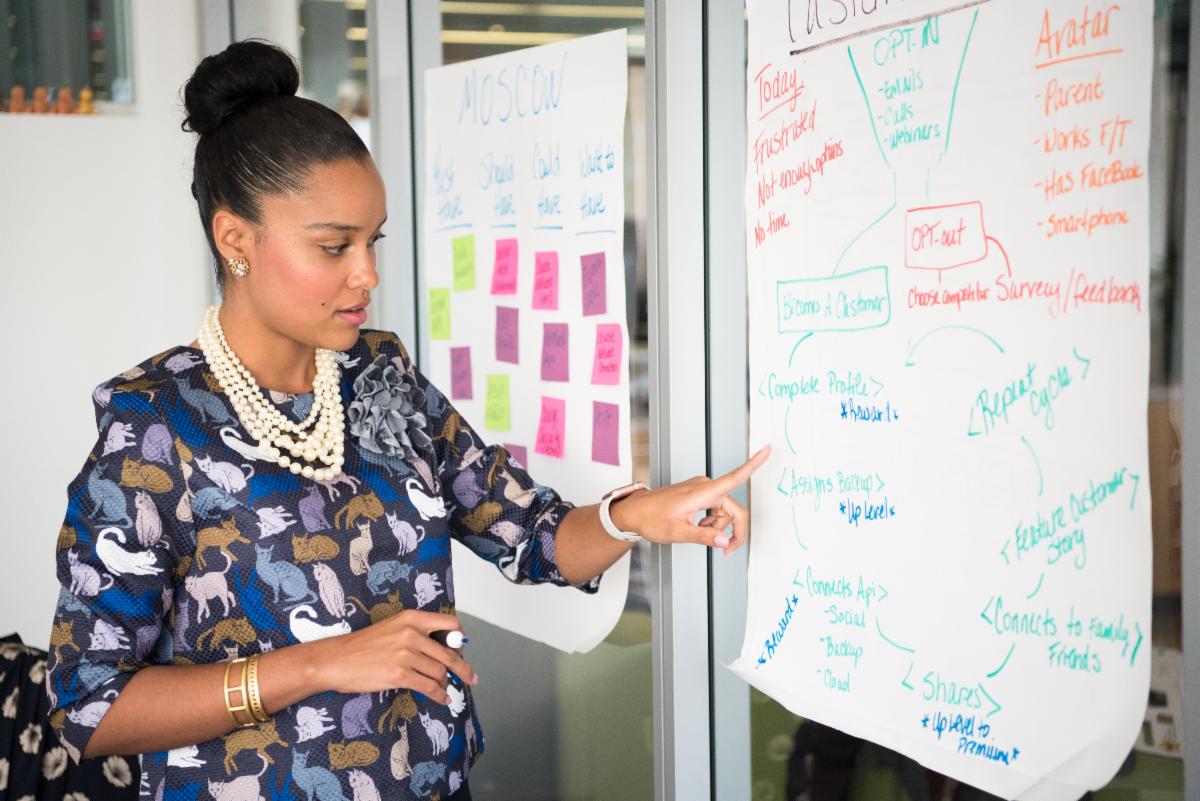In a meeting or class, what are some ways to participate without dominating?
Posted November 2, 2021 | Read this article on Psychology Today
- Many people, particularly introverted people, can struggle to speak up in group settings.
- Questions can be a powerful way to participate.
- At least four types of questions foster contribution—questions to understand, connect, solve problems, and find problems.
I coach members of my university’s Executive Master of Business Administration (EMBA) program. They arrive as experts in some function (e.g., supply chain, finance, human resources) and join the program to become more strategic and innovative. To do so, they wrestle with unfamiliar content areas and new leader behaviors. The operations expert learns to “talk finance.” The finance expert confronts “the softer sides of leadership.” They asses their own behaviors and adjust their leadership approaches when they need to.
What amazes me, though, year after year, is how anxious many of them are (usually the introverts) about speaking out, in class or in meetings. They’ll tell me:
“I wait to hear what others say before speaking. By the time I’m ready, the moment has passed.”
“If I have nothing good to say, I don’t say anything.”
“I try to jump in, but others might talk on top of me, so I stop.”
They think, initially, that great leaders “say important things.” Not always. Maybe not even most of the time. Over the course of the program, they come to realize there are many ways to lead and many ways to participate.
Participating in meetings is not just making a statement, offering an opinion, or presenting an analysis. Other powerful approaches exist. One of the most valuable is asking questions.

Asking questions is such an undervalued yet powerful skill. I’ve found that there are many types, but here are at least four:
- Questions to understand. In this case, a leader needs insight and information about a situation. She probes for background, context, or data.
- Questions to connect, engage, and build trust. Here, a person seeks some connection with another, perhaps so they can work together more fluidly, so they better understand each other’s needs and goals, or to build trust
- Questions to solve problems. Often, we need more detail, ideas, or suggestions that might help to solve what we see as a problem. This assumes we know what the problem is, of course.
- Questions to find problems. When a problem is unknown or at least not well understood or framed, questions can help. Einstein is reputed to have said that, if he had 60 minutes to solve a problem, he’d spend 55 of those minutes figuring out what the problem is. Questions that seek to find the problem fall into this category.
“Given what you have said, what if we considered doing this?”
“Can you tell me more about that idea? How might it work?”
“What are we missing?”
If you find yourself in a meeting sometime soon, try using questions instead of making statements. Might be a way to learn more than you expect.
About the Author

Nancy K. Napier, Ph.D., is a Distinguished Professor Emerita at Boise State University, Executive MBA professor of strategy and leadership.